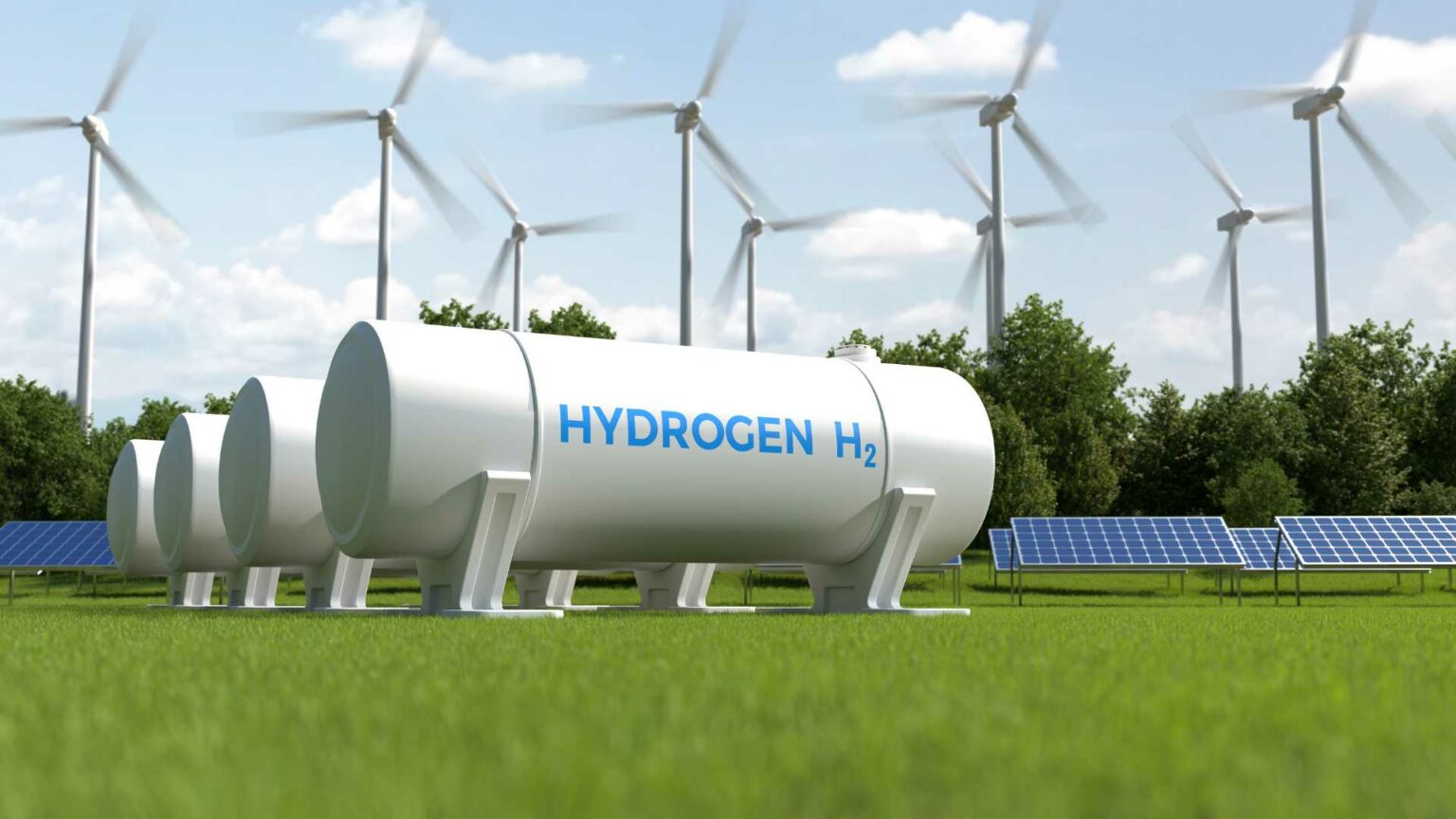The global green hydrogen sector is critical as economic, strategic, and technological factors define its trajectory towards 2025. Energized by policy shifts, industrial competition, and supportive government frameworks, the market witnesses a complex interplay between opportunity and challenge.
In 2025, giga-scale projects with a capacity of 1 gigawatt-equivalent (GWe) or more are expected to continue finding financial investment decisions (FID) within regions like Saudi Arabia and India. These projects, such as Neom Helios and the Kakinada project, highlight the strategic geographic advantages where low-cost renewable energy and favorable government support synergize to enhance the market position of these regions. The anticipated increase in FIDs signals a push toward mass commercialization despite regulatory and market headwinds.
China, leveraging significant cost advantages in electrolyzer manufacturing, seeks expansion into global markets, aiming to secure at least one-third of orders outside Europe and North America by 2025. Its growing manufacturing capacity and competitive pricing have positioned Chinese electrolyzers as a viable option, particularly in the Middle East, Southeast Asia, and Australia. However, the presence in European markets is moderated by regulations imposing content limits, challenging Chinese manufacturers to adopt localization strategies, such as technology licensing and co-investment in manufacturing facilities, to overcome these barriers.
The landscape in Europe includes transforming policy mechanisms such as the Emission Trading Scheme (ETS) and the Carbon Border Adjustment Mechanism (CBAM). These regulatory frameworks potentially serve as a market backstop for blue hydrogen and its derivatives, creating a different strategic approach for contract management within hydrogen projects. The push for uncontracted capacity persists, especially for US and China projects, with factors such as auction rules and evolving policies shaping the dynamics.
The alignment of investment pathways continues to involve distinct high-stakes projects, such as the expected US$ 8 billion investment surge in low-carbon ammonia by 2025. This flow of capital across upstream and midstream to storage infrastructure underscores the strategic intent to stabilize and amplify project offtake agreements, reinforcing long-term market positions in the export markets of Asia and Europe.
The critical analysis of market trends reveals a sharp focus on overcoming barriers to commercialization, such as securing robust offtake agreements and managing socio-political risks around manufacturing localization. As the sector traverses regulatory complexities and national interests, future success will hinge on strategic cooperation, technological innovation, and infrastructural investments that align with market requirements and environmental mandates.
This intricate dance of economics, technology, and policy reflects a broader trend towards low-carbon solutions universally recognized as essential for both energy transition and carbon neutrality objectives. The path forward necessitates navigating a mosaic of industrial strategies, stakeholder collaborations, and policy engagements—all to realize the full potential of the emerging hydrogen economy.
